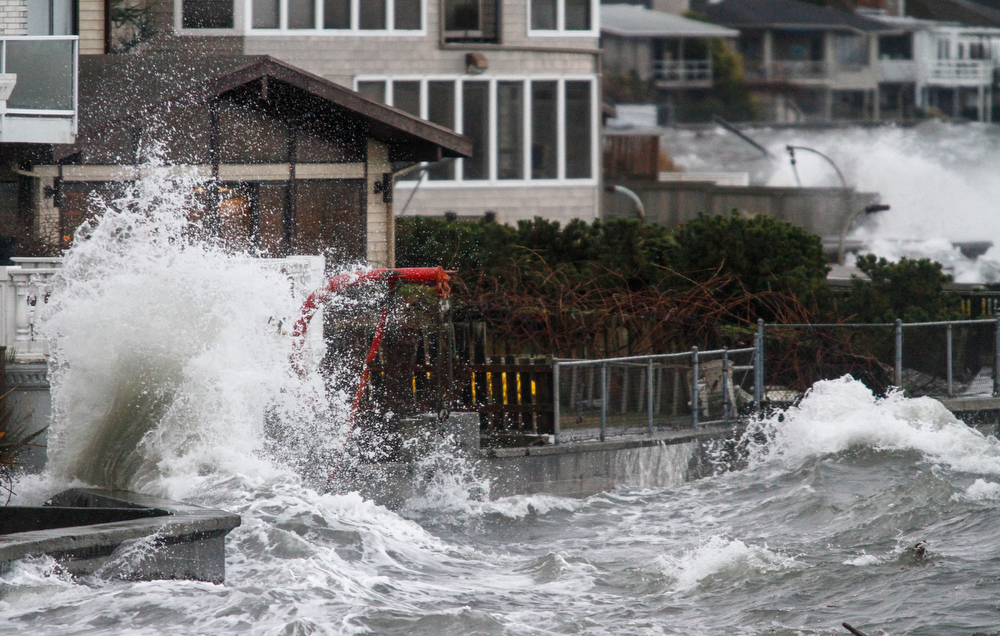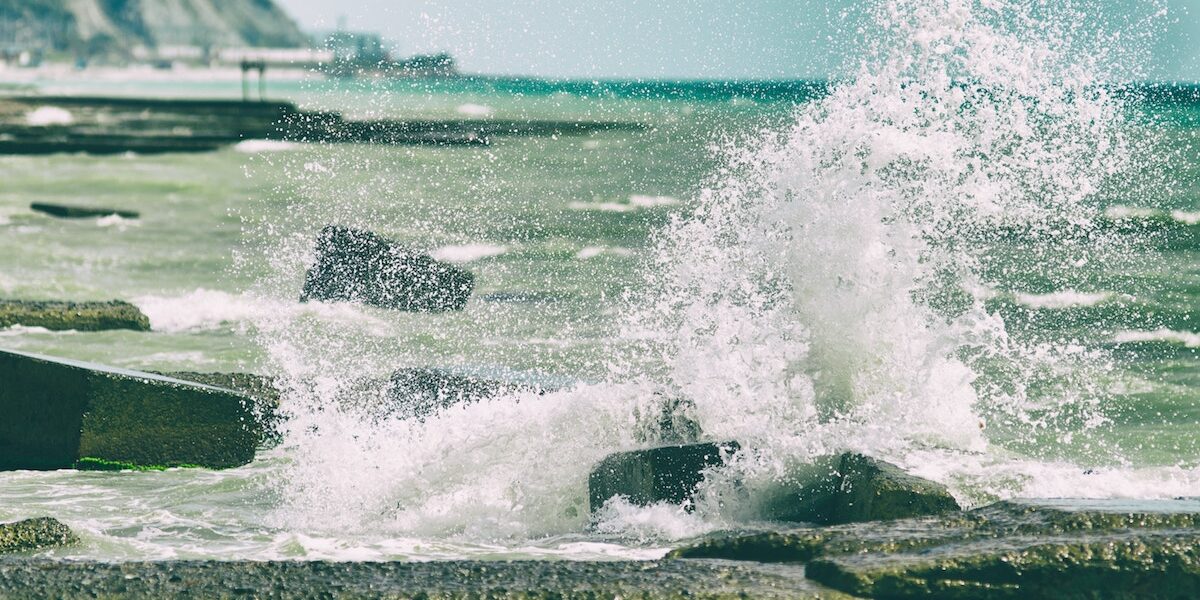By Mark J. Spalding, President, The Ocean Foundation
Raise your hand if you have heard the term “king tide.” Raise your hand if the term sends you rushing to the tidal charts for your part of the coast. Raise your hand if it means you’ll change your daily commute to stay out of flooded areas because today there will be a “king tide.”
King tide is not an official scientific term. It’s a general term that is in common use to describe especially high tides—such as those that occur when there is an alignment with the sun and moon. King tides are not themselves a sign of climate change, but, as the Australian Green Cross’s website “Witness King Tides” states, “They do give us a sneak preview of what higher sea levels could look like. The actual height reached by a king tide will depend on the local weather and ocean conditions on the day.”
In decades past, especially high tides were a curiosity—almost an anomaly if they disrupted the natural rhythms of life in tidal zones. Around the world over the past decade, king tides are increasingly associated with flooded streets and businesses in coastal communities. When they occur at the same time as major storms, the flooding can be even more widespread and damaging to both human-built and natural infrastructure.
And king tides are generating all kinds of attention thanks to sea level rise. For example, the University of Washington’s Department of Ecology also encourages citizen engagement in monitoring the impact of higher high tides through its Washington King Tide photo initiative.

This month’s king tide coincides with the release of a new report from the Union of Concerned Scientists that provides new forecasts for tidal flooding due to sea level rise; with the frequency of such events increasing for example to more than 400 a year for Washington, DC and Alexandria along the tidal Potomac by mid-century. Communities along the rest of the Atlantic Coast are likely to see dramatic increases as well.
Miami Beach is hosting EPA Administrator Gina McCarthy, local and state officials, and a special congressional delegation led by Senator Bill Nelson and his colleague from Rhode Island Senator Sheldon Whitehouse to watch the inaugural test of a new water management system designed to mitigate the tidal flooding that has interrupted commuters, business owners, and other members of the community. The Miami Herald reported that, “The $15 million spent so far is the first fraction of the $500 million the city plans to spend during the next five years on 58 pumps up and down the Beach. The Florida Department of Transportation also plans to install pumps at 10th and 14th streets and Alton Road…The new pump systems are connected to the new drainage infrastructure under Alton, so conditions are expected to be better there, as well…City leaders hope they will provide relief for 30 to 40 years, but all agree the long-term strategy will have to include revamping the building code to construct buildings higher off the ground, making roads higher and constructing a taller seawall.” Mayor Philip Levine said the conversation would continue for years on how exactly to prepare the Beach for rising waters.”

Anticipating new flood zones, even temporary ones, is just one element of adapting to climate change. It is particularly important for urban areas where receding floodwaters not only leave behind damage to human structures, but can also carry toxics, trash, and sediments to the coastal waters and the sea life that depends on them. Obviously, we must do what we can to plan for these events and ways to minimize these harms as some communities are beginning to do. It is also important that we consider natural systems in developing our local mitigation strategies, even as we work to address the broader causes of climate change and sea level rise. Seagrass meadows, mangroves, and coastal wetlands can all help mitigate flooding—even as regular saltwater inundation may adversely affect riparian forests and other habitats.
I have written often about the many ways in which we need to be thinking about climate change and healthy oceans and the human relationship with the ocean. King tides offer us a reminder that there is much we can and should be doing to meet the changes in sea level, ocean chemistry, and ocean temperature. Join us.







